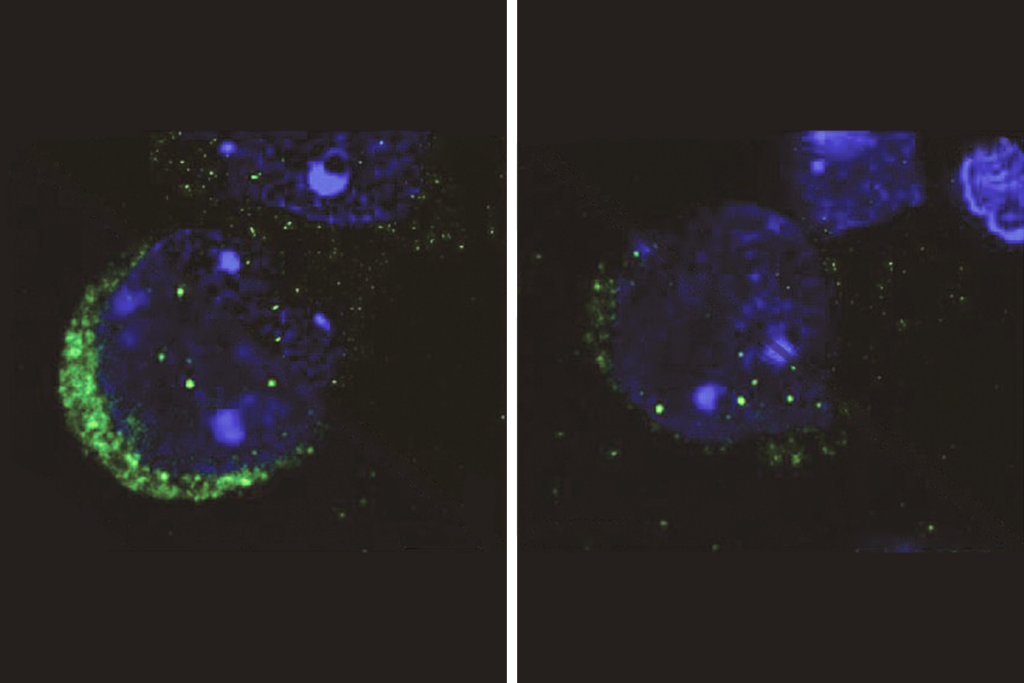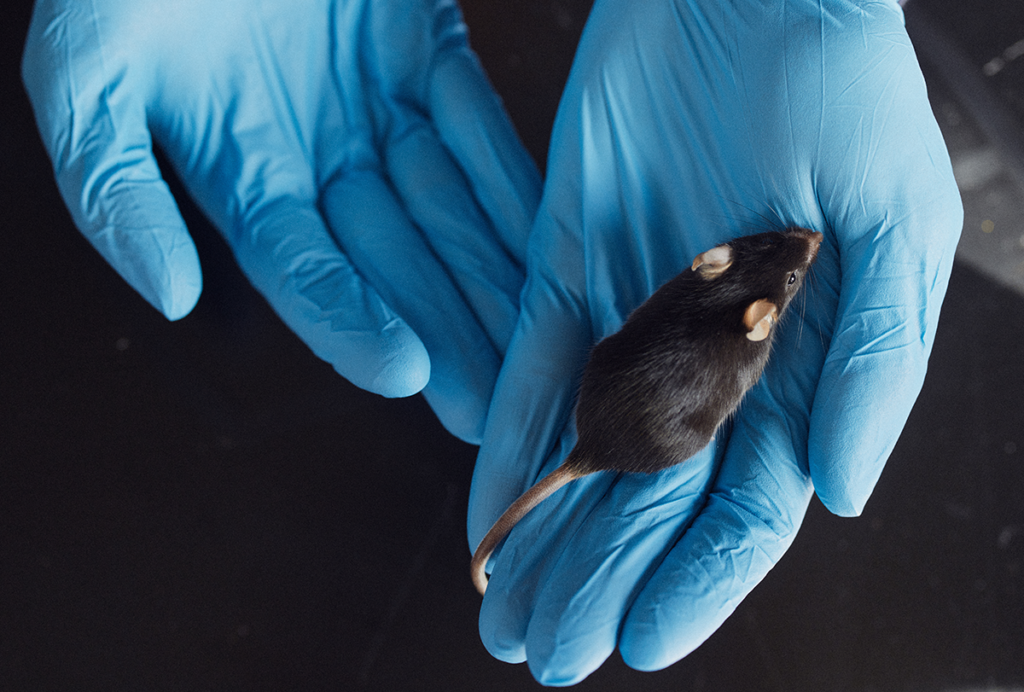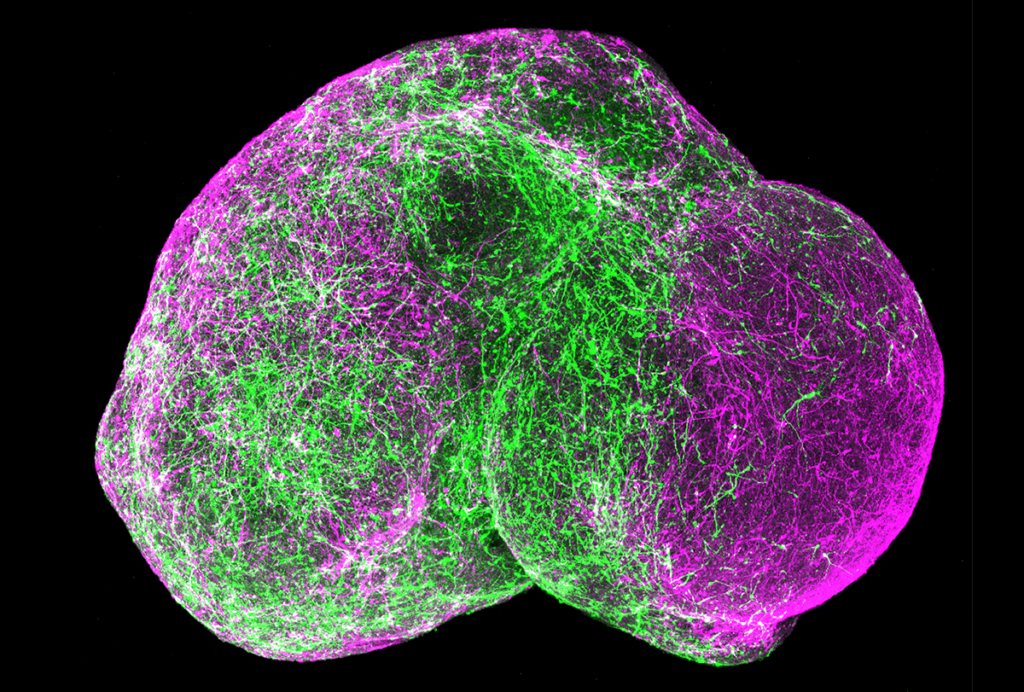Mild traits of autism may shift with cultures, study says
The American definition of autism travels well in the U.K. and Finland, but cultural differences in Finland affect how mild symptoms of the disorder are interpreted, according to a new study published 10 October in the journal Autism.
Clinicians around the world diagnose children with autism1, but is autism the same disorder around the world?
A team of researchers has begun testing this question by comparing children in two European countries. The American definition of autism travels well across international borders in the case of British and Finnish children, they reported 10 October in Autism2.
The results lend support to autism’s description in the DSM-5, the latest edition of the Diagnostic and Statistical Manual of Mental Disorders, used throughout the U.S. and the U.K., and increasingly in other countries3.
“It was striking how similar youngsters with [autism spectrum disorder] looked in both countries, despite substantial cultural and linguistic differences between the U.K. and Finland,” says lead researcher William Mandy, senior lecturer in clinical psychology at University College London.
When the researchers compared mild traits of autism — collectively referred to as broad autism phenotype, or BAP — however, those of children from Finland do not line up well with descriptions in the DSM-5. This may be because of differences in language, culture and genetics between Finland and the U.K., Mandy says.
“It’s a good thing that there is agreement across these different diagnostic contexts,” says Mayada Elsabbagh, assistant professor of psychiatry at McGill University in Montreal, who was not involved in the study. “We just need to do some more thinking about what the broad autism phenotype is.”
Not knowing whether and how the DSM-5 and BAP questionnaires apply in a given country may mislead researchers into diagnosing normal behavior as part of a disorder or to fail to recognize problems related to the disorder.
“The question of cross-cultural variation is a really important one,” says Catherine Lord, founding director of the Center for Autism and the Developing Brain at New York-Presbyterian Hospital, who was not involved in the study.
Language and other factors, such as how people interpret a behavior,can differ significantly among countries, she points out, and translating one word in a question can elicit wildly different answers.
For instance, some languages lack a word for pointing, and might translate this word more broadly as gesturing with the hand. This is an important distinction because the former figures into the scoring of some standard autism tests. ‘Normal’ levels of eye contact, a measure used in some tests for autism, also vary among cultures.
Cultural confound:
Mandy and his colleagues scanned clinical records including online parent reports for 708 individuals in the U.K. and 240 in Finland, aged 2 to 21 years. The participants had all either been diagnosed with autism or flagged with mild neurological symptoms that can fall under the BAP classification.
The researchers found that the DSM-5 applies just as well to children with autism in either country. They found, for example, that traits that are paired in the DSM-5 — social communication skills such as turn-taking, and stereotyped or repetitive behavior — are equally linked to each other among Finnish and U.K. children with autism.
However, the strength of these associations is much weaker among Finnish children with mild symptoms of autism. Their traits do not seem to increase or decrease in strength together as they do for children in the U.K.
“It seems to me that this is a very valuable paper,” says Roy Richard Grinker, professor of anthropology, international affairs and human sciences at The George Washington University in Washington, D.C.
However, Grinker injects a note of caution about the use of the word ‘culture’ in the paper. “Perhaps the authors mean to define culture in terms of location, but they also refer to populations as ‘cultures,’” he says. “As a social scientist, I find their usage of the concept of culture confusing.”
Variations or similarities across locations may be due to all sorts of reasons, such as the method — especially the particular sample — the researchers use, Grinker notes. “Differences and similarities could also be genetic.”
In spite of some differences, the two European countries compared in this study have a lot in common, so Mandy and his colleagues have already expanded their study’s regions to Thailand. Unpublished data suggest that there are even more differences there compared with the U.K., Mandy says.
It’s as yet unclear whether these differences arise from how different countries interpret the test or as a result of how social deficits manifest in those countries. “In a way, the new DSM-5 criteria open up the floodgates in terms of even more possible ways of being autistic,” says Lord.
Studies of this sort may improve diagnoses in a wide variety of clinical settings, and also enable researchers to merge data into larger sample sizes — for studies of autism genetics, for example.
“We are really keen that other researchers get together to pool data they already have from different countries, in order to map cultural variability across the globe,” says Mandy.
References:
1: Elsabbagh M. et al. Autism Res. 5, 160-179 (2012) PubMed
2: Mandy W.P. et al. Autism Epub ahead of print (2013) PubMed
3: Mandy W.P. et al. J. Am. Acad. Child Adolesc. Psychiatry 51, 41-50 (2012) PubMed
Recommended reading

New tool may help untangle downstream effects of autism-linked genes

NIH neurodevelopmental assessment system now available as iPad app

Molecular changes after MECP2 loss may drive Rett syndrome traits
Explore more from The Transmitter

Organoids and assembloids offer a new window into human brain

Who funds your basic neuroscience research? Help The Transmitter compile a list of funding sources
